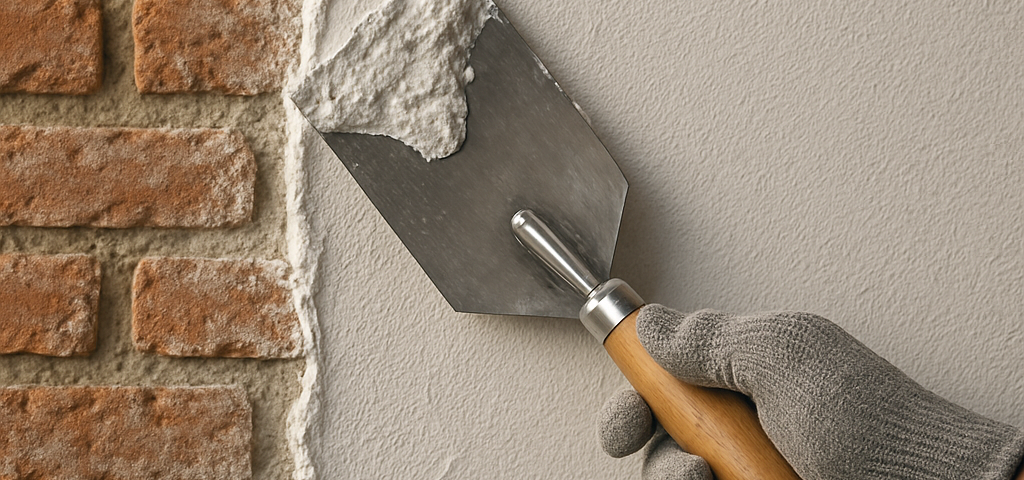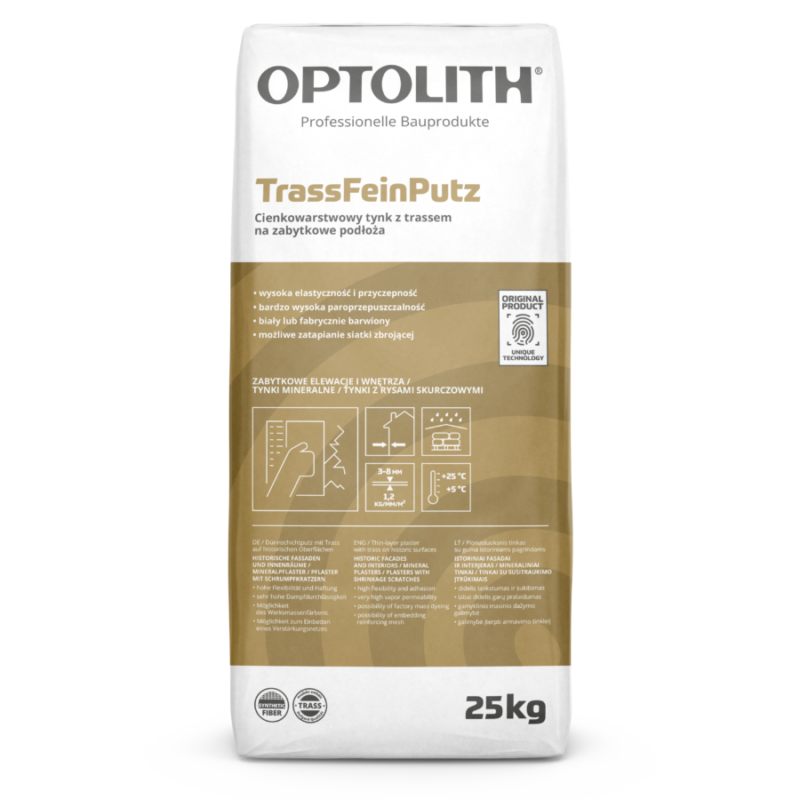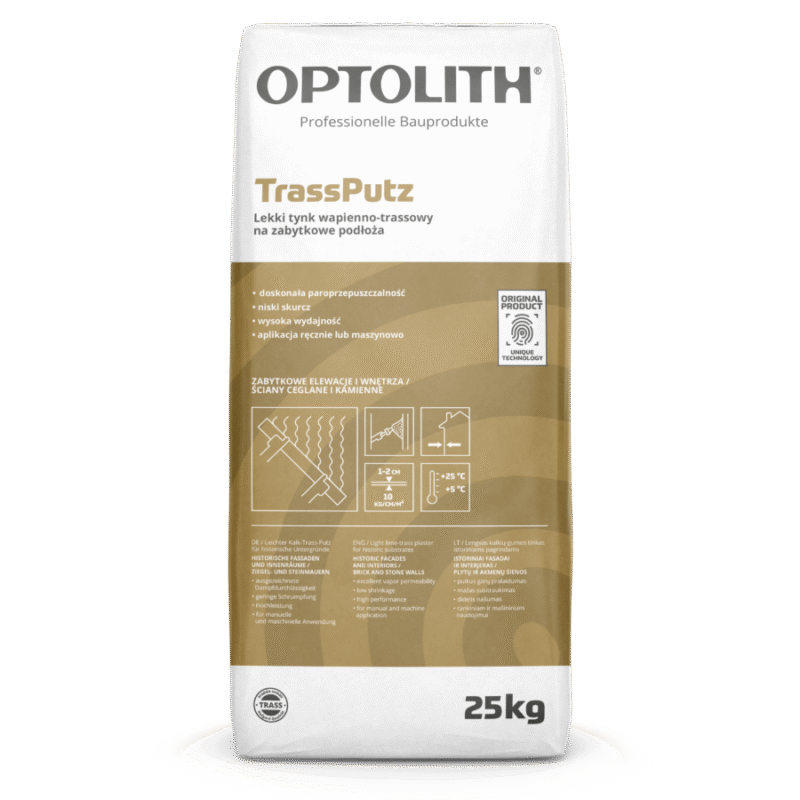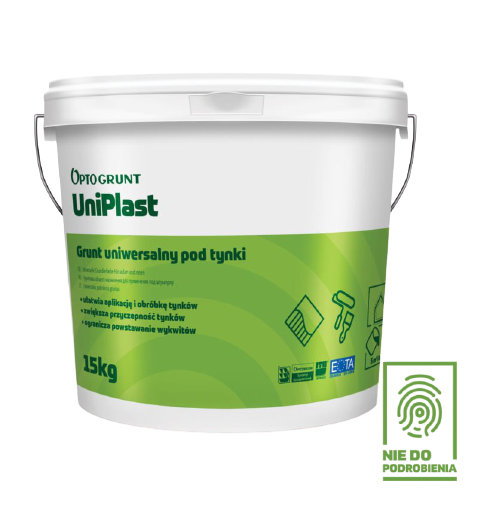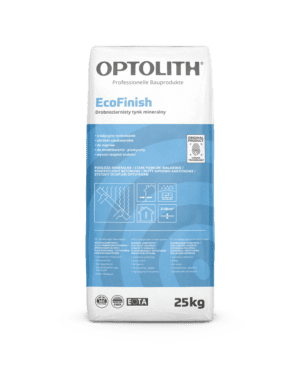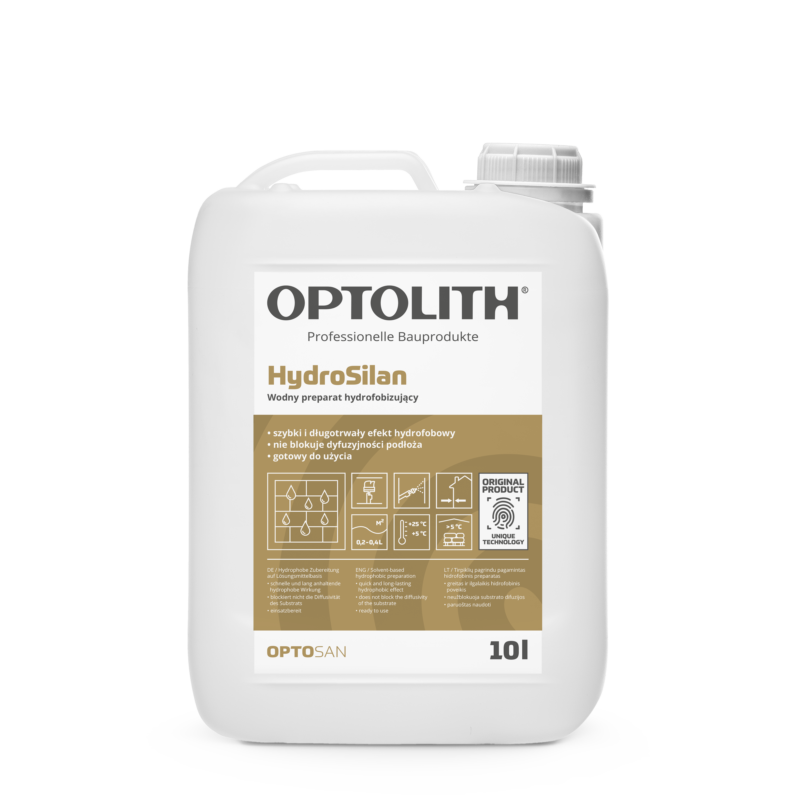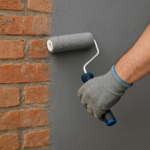
Waterstop Universal Bostik – an effective waterproofing membrane for quick leak sealing
April 11, 2025Why Can Traditional Mortars Damage Historic Masonry?
Historic brick and stone walls are not merely remnants of old structures—they are part of our cultural heritage. Their durability depends on proper conservation and the use of compatible materials. Although standard mortars perform well in modern construction, they can cause serious damage to historic structures. So why are conventional lime and cement mortars unsuitable for the renovation of historic walls?
Problematic Properties of Traditional Mortars
1. Low durability of air lime mortars
Traditional mortars based on air lime have low mechanical strength and poor resistance to weathering. In urban environments, where moisture and air pollution (SO₂, CO₂) are prevalent, harmful salts can form, leading to efflorescence, erosion, and crumbling of joints.
2. Excessive impermeability of cement mortars
Cement-based mortars trap moisture inside the wall, promoting salt crystallization at the interface between mortar and brick. This leads to microcracks, detachment of bricks, and gradual structural degradation. Additionally, thermal expansion differences between cement and brick cause internal stress and mechanical damage.
3. Material incompatibility
Using mortars with different physical properties than the original materials disrupts moisture transfer and stress distribution. This accelerates deterioration, especially in masonry built with traditional methods, where the mortar joints also serve a breathable function.
To preserve the integrity of historic walls, it is essential to use restoration mortars that are chemically and physically compatible with the original materials.
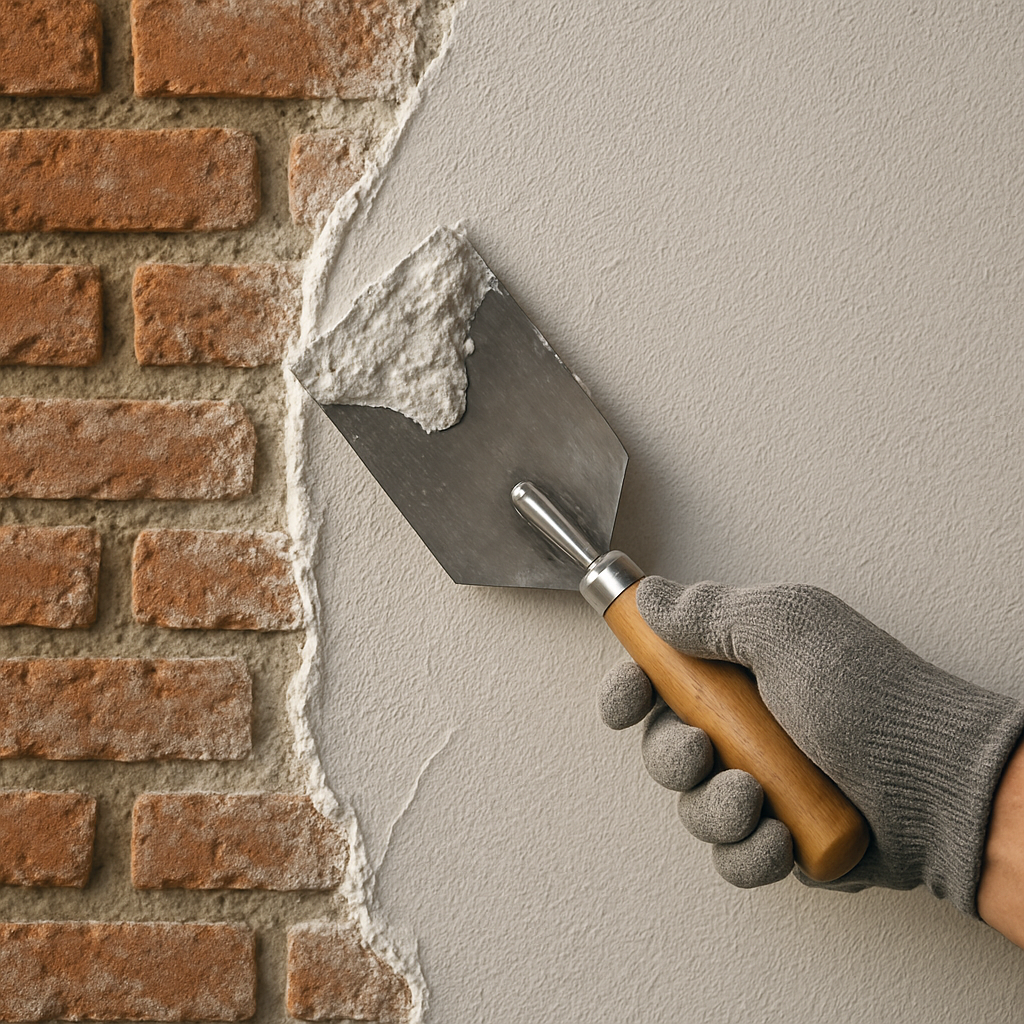
Which Mortars Should Be Used for the Renovation of Historic Masonry?
The best solution for restoring historic walls is to use lime-trass mortars, which combine the traditional properties of lime with trass—a natural pozzolan that enhances resistance to environmental factors.
These mortars offer:
-
Appropriate mechanical strength, adapted to historical masonry
-
High vapor permeability, allowing the walls to “breathe”
-
Resistance to salts and frost
-
Free of harmful chemical additives
Optosan System – Technology Inspired by Antiquity
Among professional restoration solutions, the Optosan system by Optolith stands out, specifically developed for the conservation of historic masonry. Its key ingredient is Rhine trass—a natural pozzolanic material rich in reactive silica. It forms insoluble calcium silicates, giving the mortar hydraulic properties and significantly increasing durability.
Benefits of the Optosan System:
-
Fast capillary moisture transport
-
Free from harmful salts
-
Low shrinkage
-
Strength tailored to historic materials
-
High porosity and resistance to frost and pollution
Optosan mortars are a modern interpretation of ancient building wisdom, offering performance and compatibility essential for the long-term protection of architectural heritage.
OPTOLITH Optosan TrassFeinPutz
OPTOLITH Optosan TrassPutz
Need help with the right technology and materials for waterproofing?
Contact us!
- Cracow, ul.Adama Vetulaniego 5







